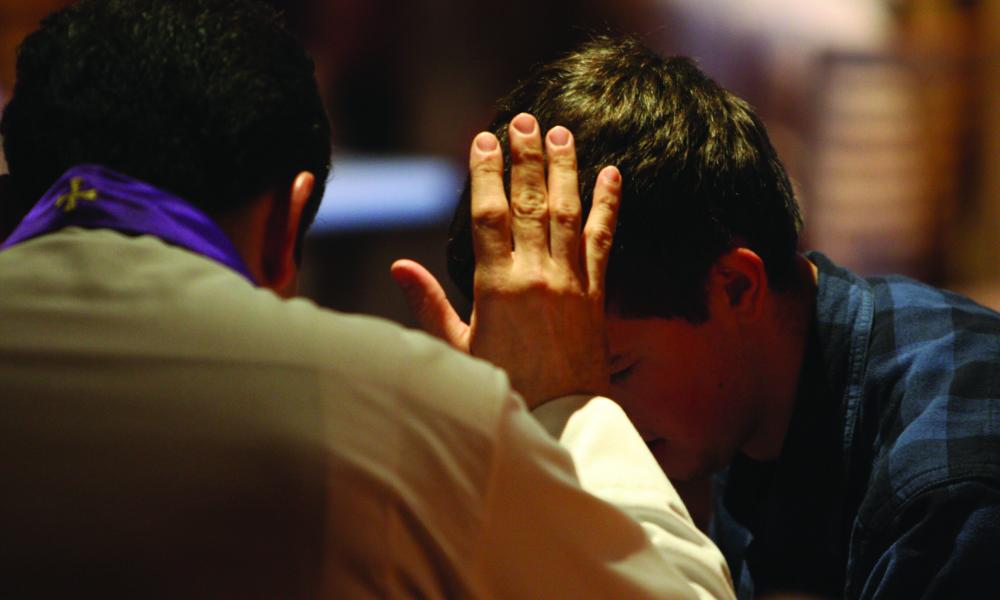Saint Benedict of Nursia or Norcia, an Italian monk, was a religious reformer who lived in Italy in the late 400s and early 500s. He is known as the “father of Western monasticism,” having established a Rule that would become the norm for innumerable Christian monks and nuns. He is the patron saint of Europe.
St. Benedict’s supreme achievement was to provide a succinct and complete directory for the government and the spiritual and material well-being of a monastery. His Rule carefully integrated prayer, manual labor, and study into a well-rounded daily routine that has shaped Christianity for nearly 1,500 years.
St. Benedict and his twin sister, St. Scholastica, are buried at the Benedictine monastery on Monte Cassino in Cassino, Italy.





